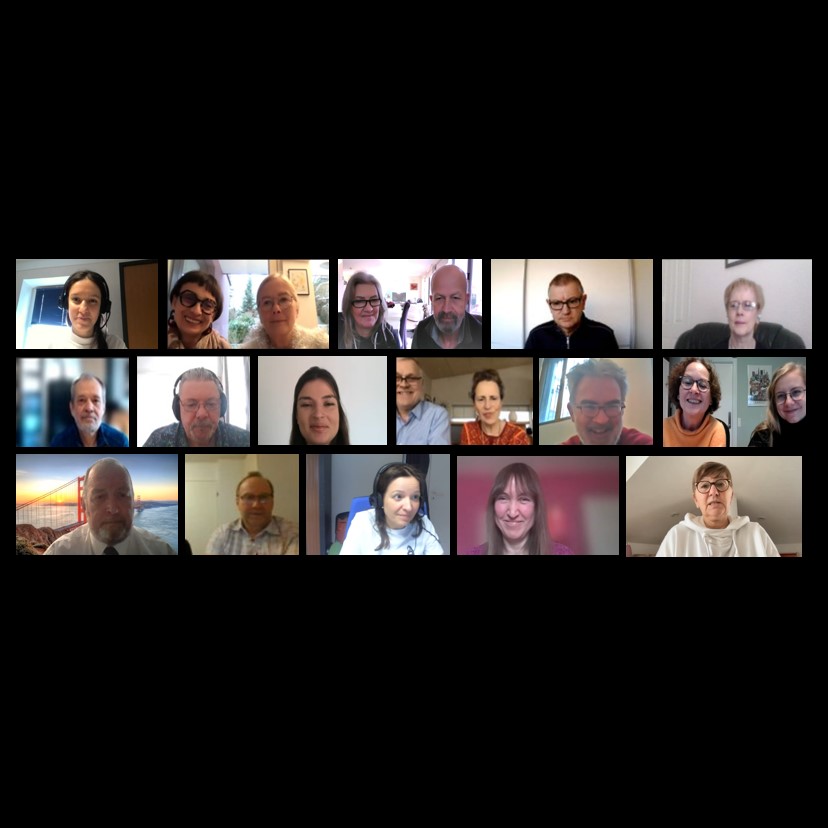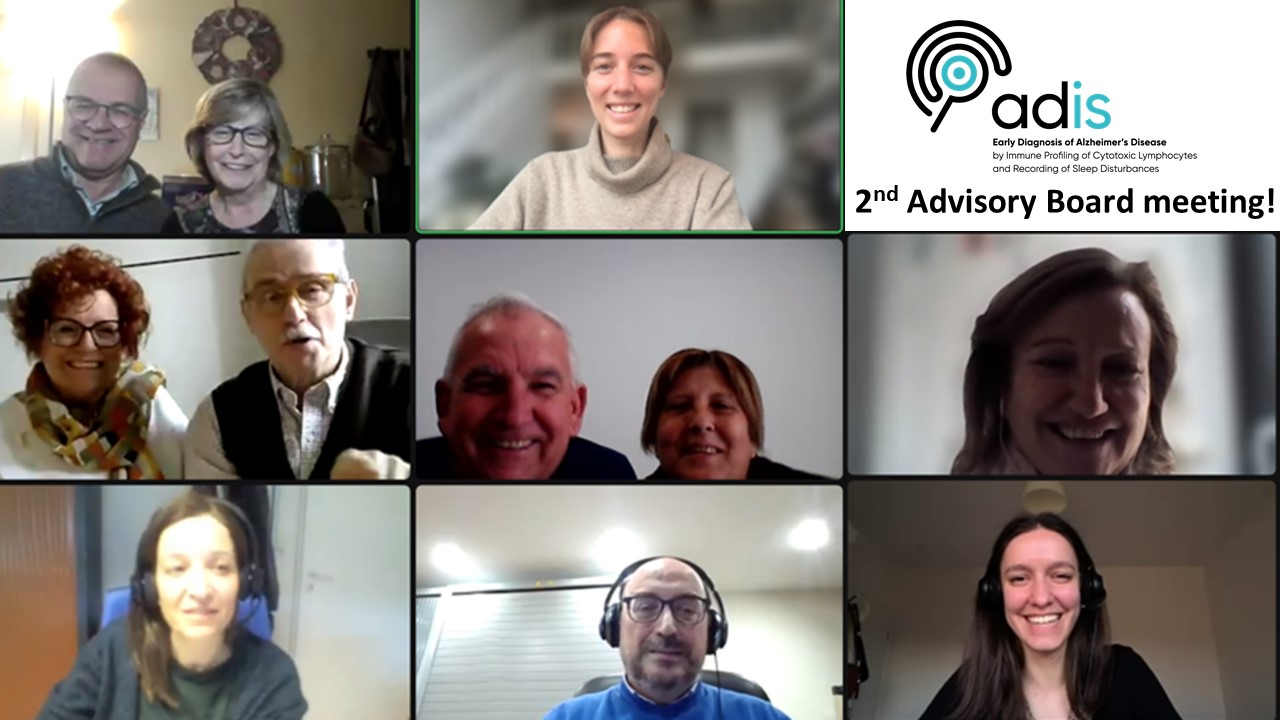In this spotlight on early career researchers interview we talk with Sarah Hücker, PostDoc at the Fraunhofer ITEM-R Division Personalized Tumor Therapy in Regensburg, Germany. She develops and automates methods that allow the sequencing of different nucleic acids (DNA, mRNA, miRNA, etc.) of single cells.
Could you tell us about your career to date
I studied Molecular Biotechnology at the Technical University of Munich. I also did my PhD at the Technical University of Munich in the field of microbiology. During my PhD, I used next generation sequencing methods to identify novel genes in pathogenic bacteria. Since I wanted to continue my research in next generation sequencing and simultaneously perform more applied research, I joined the Fraunhofer ITEM-R Division Personalized Tumor Therapy in Regensburg for my PostDoc.
My main responsibility is the development and automation of methods, which allow the sequencing of different nucleic acids (DNA, mRNA, miRNA, etc.) of single cells. A single cell contains only picograms of nucleic acids, therefore, amplification is necessary and the experiments have to be conducted under clean conditions to avoid any contamination by external nucleic acids. In parallel, stringent quality controls for every method are developed as we apply these methods to clinical samples. The main focus of the ITEM-R is oncology; therefore, we have extensive experience in investigating single disseminated tumor cells. However, our single cell sequencing methods could also be applied to other diseases and cell types. We have already used single cell sequencing methods in rheumatoid arthritis, cardiac disease and tendon injury projects.
What inspired you to pursue a career in the field of single cell sequencing/biomarker research?
Already during my PhD I was fascinated by the opportunities next generation sequencing technology offered. In 2009, the first transcriptome of a single cell was published. The field of single cell sequencing has seen a tremendous growth since then. In my current position, I can apply these innovative new methods and even develop methods on my own to uncover molecular processes within single cells. It is highly motivating to know that my research could contribute to a better understanding of diseases, to improved disease diagnostics and, in the long run, benefit patients’ lives.
What is the main goal of your research in the ADIS project?
We will receive blood samples of healthy donors, patients with mild cognitive impairment and patients with Alzheimer’s disease from Fundació Clínic per a la Recerca Biomèdica Barcelona. The blood samples contain peripheral immune cells. We will sequence the mRNA (transcriptome) of these immune cells on single cell level. The sequencing data shows us which types of immune cells are present in which quantity (e.g., T-cells, B-cells, neutrophils, macrophages, etc.) and which genes are expressed in these immune cell types. In the next step, transcriptome data of healthy donors will be compared to the transcriptome of patients with mild cognitive impairment and Alzheimer’s disease in order to detect differences and identify potential biomarkers.
Can you explain in simple terms what biomarkers are and how they could help in the early diagnosis of Alzheimer’s disease?
Biomarkers are molecular, cellular, or biochemical traits, which can be measured accurately and reproducibly. Diagnostic biomarkers are used to detect a certain disease or a disease subtype. Prognostic biomarkers help determine the likelihood of a clinical event, disease recurrence, or disease progression. Predictive biomarkers indicate the likelihood of a patient responding to a certain treatment.
In the ADIS project, we search the transcriptome of peripheral blood immune cells for potential biomarkers. It would be desirable to identify individuals with a high risk of developing Alzheimer’s disease before they show first symptoms of the disease to start therapeutic interventions as early as possible. Peripheral blood immune cells are recovered from a simple blood draw, which is a low-invasive procedure and no special equipment is required.
What advice would you give to students who are interested in pursuing a career in the field of single cell sequencing/biomarker research?
I would recommend science students to gain experience in many different research fields in order to find out, which field fits best to their talents and interests. Even after having chosen a certain research field, they should stay curious for the latest developments in other areas. Maybe some findings can be translated into their particular research field.
Single cell sequencing and biomarker discovery are rapidly growing, innovative fields and offer promising career opportunities in academia and industry for young scientists.
What are your future research goals, and how do you hope to contribute to the field of research in the long term?
The development within the single cell sequencing field goes towards multi-omics. This means that different information layers like genome, epigenome, transcriptome and proteome are determined from the same single cell. All information layers in combination could be used for novel biomarker discovery. I am already working on the combination of some of our single cell sequencing methods and I hope this work will improve disease diagnostics in the future.
What are some of the most important ethical considerations in the development and use of biomarkers for early diagnosis of Alzheimer’s disease?
Sequence data is personal data and therefore covered by the General Data Protection Regulation. Under certain circumstances, the identity of a person can be derived from the sequence data. Before sequence data is collected, the sample donor must be given detailed information about the purpose of the data collection, how the data is stored and who gets access to the data. Subsequently, the person must give his or her written consent. The person can revoke his or her consent at any time, in which case the sequence data must be deleted.
If biomarkers are used for early Alzheimer’s disease diagnosis in healthy individuals in the future, they can only indicate the likelihood of a person developing Alzheimer’s disease. But even a high likelihood does not mean that this person will necessarily get Alzheimer’s disease within his or her lifetime. It is a very personal decision if you want to know your likelihood for developing a disease which could be treated but is not curable at present.
Picture taken at the ITEM-R lab with sequencer (Illumina MiSeq) and pipetting robot for automated sample preparation in the back.
Spotlight on early career researchers: An interview with Sophia Krix





